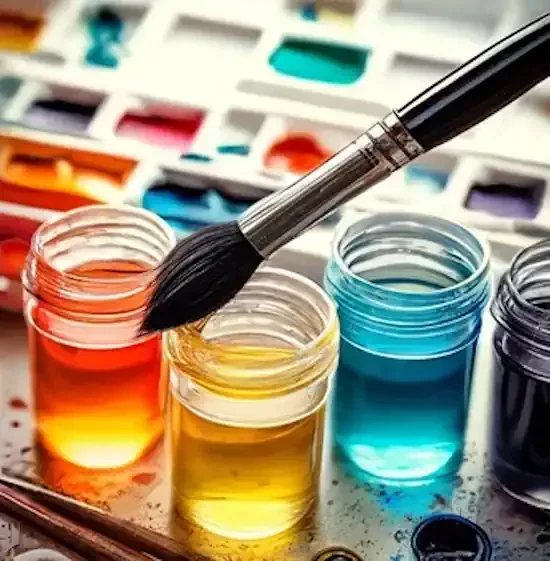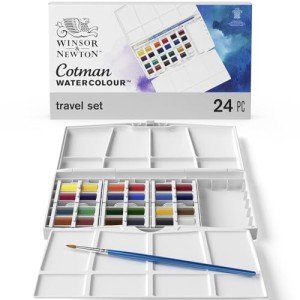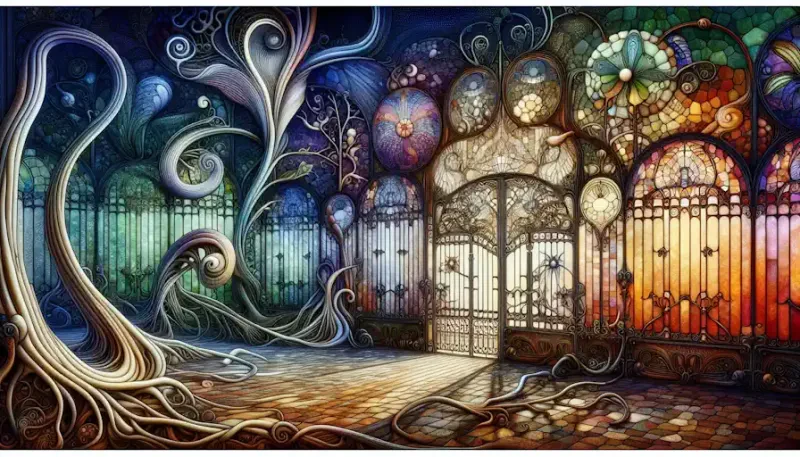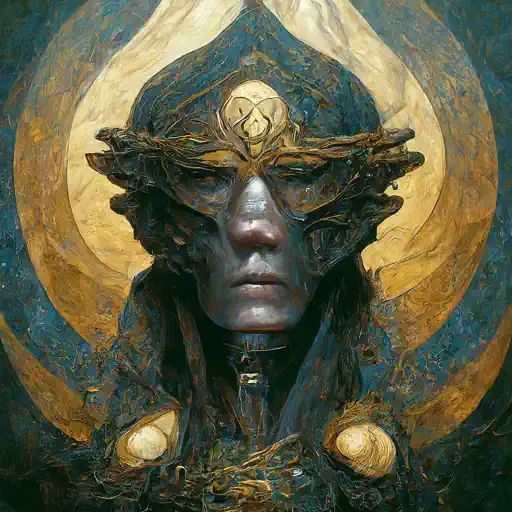Watercolor painting, a revered form of art, is celebrated for its ethereal quality and the fluid interplay of colors. This medium, known for its versatility and subtlety, requires a unique set of tools to harness its full potential. Aspiring artists and seasoned painters alike understand that the quality of these tools can significantly impact the outcome of their work. This article explores the essential tools for watercolor painting, offering insights into how each component contributes to creating fluid, mesmerizing art.
The Palette of Possibilities: Choosing Watercolor Paints
The heart of watercolor art lies in its paints. Available in tubes, pans, or liquid form, watercolor paints are known for their transparency and ability to layer. Quality matters – professional-grade paints offer a higher concentration of pigment and greater permanence, resulting in vibrant, long-lasting colors. Brands like Winsor & Newton and Daniel Smith offer a range of hues that provide both beginners and professionals with the freedom to explore a spectrum of shades.
Brushes: The Extension of the Artist's Hand
Selecting the right brushes is crucial in watercolor painting. Brushes come in various shapes and sizes, each serving a specific purpose:
Round Brushes: Versatile and capable of creating both fine lines and broad strokes, round brushes are a staple in any watercolor artist's collection.
Flat Brushes: Ideal for washes and filling larger areas, flat brushes offer a consistent stroke width.
Detail Brushes: With their fine tips, these brushes are perfect for adding intricate details to a painting.
Quality brushes, often made from natural hair like sable or synthetic fibers, provide better water and pigment retention, ensuring smoother strokes.
The Canvas of the Watercolor World: Watercolor Paper
The choice of paper is as important as the paint itself in watercolor art. Watercolor paper comes in different textures and weights:
Hot-Pressed Paper: Smooth and fine-grained, ideal for detailed work.
Cold-Pressed Paper: Medium texture, suitable for a variety of painting styles.
Rough Paper: Heavily textured, perfect for creating dynamic, expressive strokes.
A heavier paper (measured in pounds or grams per square meter) is preferable as it can absorb more water and reduce warping.
Additional Essentials: Enhancing the Painting Experience
Several other tools and accessories play a significant role in the watercolor painting process:
Palette: A surface for mixing colors, palettes can be as simple as a white plate or a complex tray with multiple wells.
Water Containers: Essential for rinsing brushes and controlling the paint's fluidity.
Masking Fluid: Applied to preserve white spaces or specific areas from paint.
Sponges and Towels: Useful for creating textures or correcting mistakes.
Creating Your Watercolor Workspace
Setting up an inspiring and functional workspace is vital for any watercolor artist. Adequate lighting, whether natural or artificial, is crucial for accurately perceiving colors. Organizing your tools for easy access and maintaining a clean, clutter-free area can enhance the painting experience, allowing for uninterrupted creative flow.
Tips for Beginners: Starting Your Watercolor Journey
For those new to watercolor painting, here are some tips to get started:
Experiment with Different Tools: Try various types of paints, brushes, and paper to understand what works best for your style.
Practice Basic Techniques: Familiarize yourself with washes, gradients, and dry-on-wet techniques.
Learn Color Theory: Understanding color mixing and relationships will elevate your art.
Be Patient and Persistent: Watercolor is a challenging medium, but with practice, you'll see improvement.
Crafting Fluid Art with the Right Tools
Watercolor painting is a dance of colors and water, a medium where control and spontaneity coexist. The right tools not only make the process easier but also enhance the artist's ability to express their vision. By understanding and choosing the right paints, brushes, paper, and accessories, artists can embark on a journey filled with limitless possibilities and discoveries. In the world of watercolor, every stroke tells a story, and with the right tools, these stories come to life in vibrant, fluid art.







